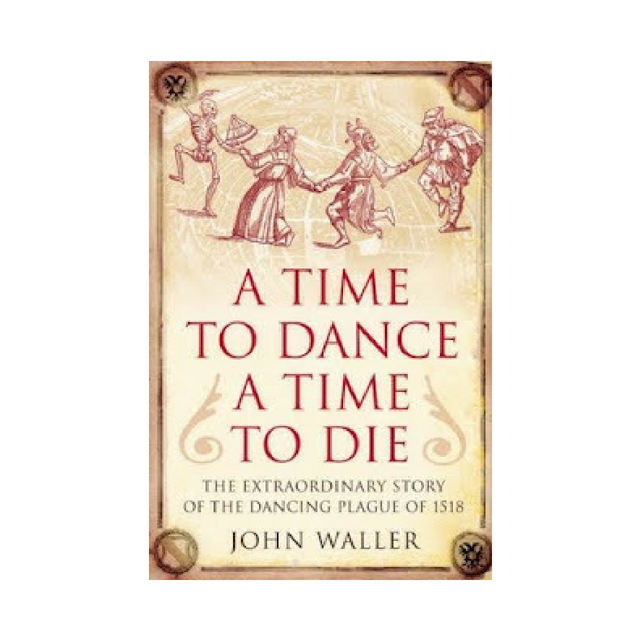Every now and then, a book comes along that not only tickles the fancy of history buffs but also whispers to those of us walking through life trying to make sense of our world. “Time to Dance, a Time to Die” is one such treasure, pulling us into the enigmatic embrace of the 1518 Dancing Plague.
I always believe that we need to learn our history in order to learn about our current world better. This book explores the 1518 Dancing Plague from a social perspective. The author clearly mentioned that several theses tried to explain the Plague from different angles, and he tried to approach it from the social context. Through the author’s eyes, we’re not just revisiting history; we’re invited to view our present reality through the lens of the past.
Want to read this book? Click here.
Waller’s thesis is quite convincing, that the plaque caused by hysteria from psychological stress and supernaturalism.
Waller champions the idea that this historic oddity was less about the physical and more a dance of the mind – where societal pressures, psychological stress, and the heavy cloak of supernatural beliefs led to a collective unraveling. This notion is eerily comforting. It suggests that the human condition, in its essence, hasn’t changed much. We might not be dancing in the streets, but aren’t we all performing in some way, driven by the unseen forces of our society?
The connection between then and now is painted vividly, though Waller could have taken a deeper dive into our current forms of hysteria. Still, his colourful depictions of medieval life hold a mirror up to our own, showing that despite centuries of progress, the same social undercurrents flow beneath the surface of modernity.
I do believe that the same hysteria still occurs today only they took different forms as supernaturalism slowly vanish from daily lives (in Strasbourg or other European countries). But we still have countries where poverty, corruption, and a strong belief in divine intervention still very much exists. Some of his colorful illustration of the social context in medieval societies still occurs in the society I live in today. For me, it would be better if he explores further some of the modern mass hysteria and psychological distress.
The book walks a tightrope between scholarly work and narrative nonfiction, never fully committing to one. Yet, it’s in this balance that “Time to Dance, a Time to Die” finds its unique charm. The final chapter ties it all together, drawing lines between the dots and offering a satisfying conclusion to a journey through time.
“Time to Dance, a Time to Die” isn’t just a historical recount. It’s a mirror held up to our society, a conversation starter about where we’ve been and where we’re heading.
Feeling intrigued? Ready to dive into the dance? Click here.
Author: Mia
A writer and researcher who also a tech-addict and internet-junkie. Loves quirky stuff.
The Haptic Room is supported by our readers. Our site may contain links to affiliate websites, and if you make a purchase through these links, we receive a commission to support our site.

